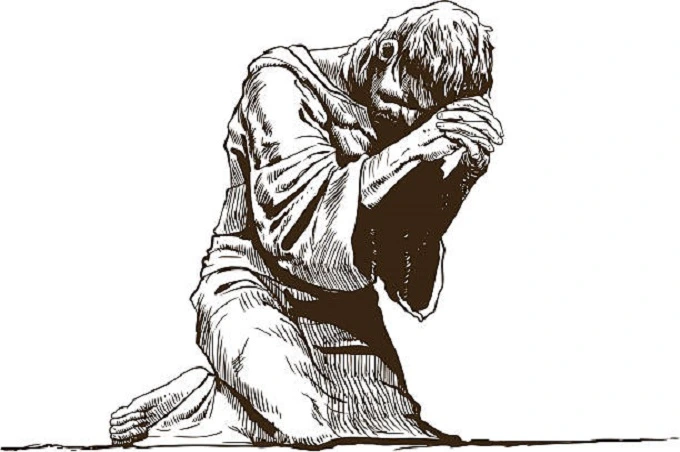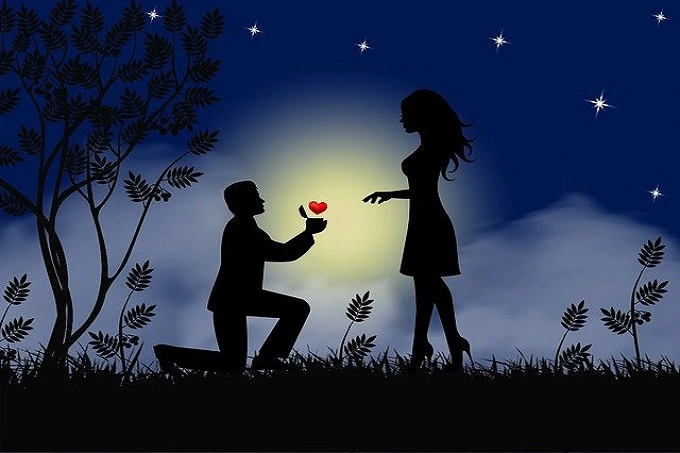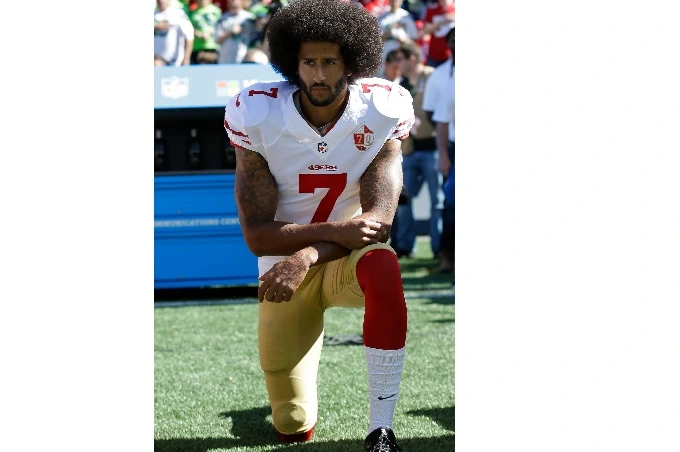Where does the tradition of kneeling come from?

In reality, even primates accept kneeling as a way of demonstrating respect and reverence: male chimpanzees use this strategy to look “below,” to show the leader of their submission and, as a consequence, to stay alive: what to do, nobody abolished nature’s rules of competition. Everything is more complicated in the human world; certain kneeling customs date back to ancient times, while others are more contemporary. One tradition has only been around for a decade.
Before the new era and modern times

Proskynesis, a bow and kneel kissing the monarch’s foot – the manner the subjects bowed to the king – was known among the ancient Persians. In the fourth century BC, Alexander the Great admired the custom and attempted to incorporate it into his kingdom. It didn’t succeed because the Hellenes thought such an idea was humiliating and refused to kneel in front of the monarch. But in the Roman Empire, during the period of dominance, almost a monarchy, but without a formal transfer of power by inheritance, kneeling was already practiced.
The nobility of the Middle Ages expressed their willingness to serve the monarch or the aristocrat-suzerain. by kneeling. It’s worth noting that only enslaved people knelt on both knees, whereas free people only knelt on one. Kneeling intended to express submission and humility, accept punishment, and be in a humiliating position in general.
Christians

Kneeling has long been seen as a religious symbol throughout history. Kneeling is also favored above other forms of prayer, according to passages in the Bible. “And whenever you pray, do not be like the hypocrites, for they enjoy standing and praying in the synagogues,” says the New Testament. In the Bible, it is said that “therefore God also highly elevated Him and gave Him the name that is above every name, so that at the name of Jesus, every knee should bow, in heaven and on earth and beneath the earth.”
Kneeling before Holy Communion was first introduced to Catholics very lately; it was unknown to Middle Ages Europeans and only became popular at the end of the 15th century. Kneeling and bowing are more common in Western confessions than in Orthodox; special pillows are sometimes used to make the faithful more comfortable. According to an unspoken norm, one kneels on the left knee before the person (bishop) but on the right knee while worshiping a sacrament.
Marriage proposal

The lovely habit of going down on one knee in front of the chosen one to propose marriage is a recent tradition: in the past, weddings were arranged more pragmatically, with the girl’s parents consenting rather than herself. True, one may remember medieval knights’ adoration of beautiful women, their service, and their desire to sacrifice anything for their mistress – in which case the romantic tradition, which is heavily influenced by Movies, seems much more romantic.
In line with Western custom, women may also go down on one knee to propose marriage, but only under particular conditions. Saint Brigid had knelt before St Patrick and asked him to marry her. He rejected, but he did permit women to ask a man to marry them. And, because the event took place on February 29, it was the only time such “atypical” proposals were allowed – once every four years, on the last day of the prior winter month.
Kneeling in the ancient eastern states and the states of the new millennium

Kneeling before their god is practiced not only by Christians but also by followers of other religions. Dogeza is a Japanese practice that involves kneeling and touching the floor with your head. Paying tribute to a superior was customary, and it is still practiced in several martial arts. When approaching the emperor, the Chinese conducted the kowtowing ceremony, which included a triple kneeing and nine knockings of the heads; the same was asked of foreigners, which created problems since not everyone was ready to cringe, even before the ruler of the state.
It turns out that almost every culture allowed for occasions in which respect was demanded while kneeling. As a new kneeling practice evolved, a complicated attitude formed in society.
Sports

In 2016, an American football player, Colin Kaepernick, knelt during the national anthem at the start of NFL games to protest police brutality and racial inequality in the United States.
Other athletes joined up on the tradition, and it went beyond athletic events. Kneeling for the national anthem seemed equivalent to lowering the flag in sadness. However, this proposal did not go down well with everyone. It was greeted with opposition from those who stayed standing to listen to the national anthem and others who did not think it was proper to make the fight against violation of the law a public show.
Kneeling can also be used when a player from either side or an official is hurt to the point that they need or may require help to leave the playing field, taking a knee is a symbol of respect and unity in various sports. In certain situations, all other players (excluding officials and those supporting the wounded person) should put one knee on the ground until the injured person has left the playing field.




